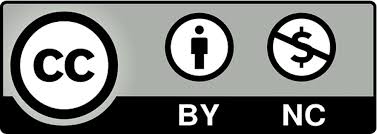Medal: Lusitania, British Version
Production date
Post April 1916
Description
One circular iron medal created in Britain as a response to Karl Goetz's Lusitania medal. The medal features an image of the sinking Lusitania on one side and an image of people buying tickets from a skeleton on the reverse. Also includes one box.
See full details
Object Detail
Thickness: 5mm
Karl Goetz, a prominent German medal and coin designer known for his satirical designs, was irritated that the Lusitania had been allowed to cross the Atlantic despite repeated warnings of U-boat activity along its route. Believing Germany had sent out sufficient warning of the travel risks and that the British Government and Cunard Steamship Company had acted irresponsibly by putting civilian passengers on the liner, Goetz set about designing a satirical medal. The medal mocked the allies’ insistence on ‘business as usual’ and questioned America’s impartiality. Unfortunately, Goetz put the wrong date on the medal claiming the ship sank on 5 May when it really went down on 7 May.
Goetz’s pro-German design was appropriated by allied and neutral countries for anti-German propaganda. The British struck their own version of the medal, as pictured here, and distributed it with plenty of anti-German propaganda leaflets. The Americans adopted a similar tactic, striking their own medal and printing their own leaflets condemning Germany’s actions. Karl Goetz struck a second set with the correct date but this did little to improve the German image.
Comments
Can you add to our information about this item? Click Add Comment to share your knowledge and help enrich our collection. Have a question about this item? Please email info@canterburymuseum.com.
Be the first to comment.
To order a copy of this image please contact Canterbury Museum images@canterburymuseum.com
Unless otherwise stated, or an author is acknowledged, Canterbury Museum holds copyright to all information on Collections Online. All efforts have been made to trace copyright holders. Please contact the Museum with any queries on this matter info@canterburymuseum.com
The information on this page was created from historic documentation and may not reflect the best available knowledge about the item. If you have information or questions about the objects on this website, please contact us. Images may be subject to copyright laws and are therefore not of reproduction quality.



